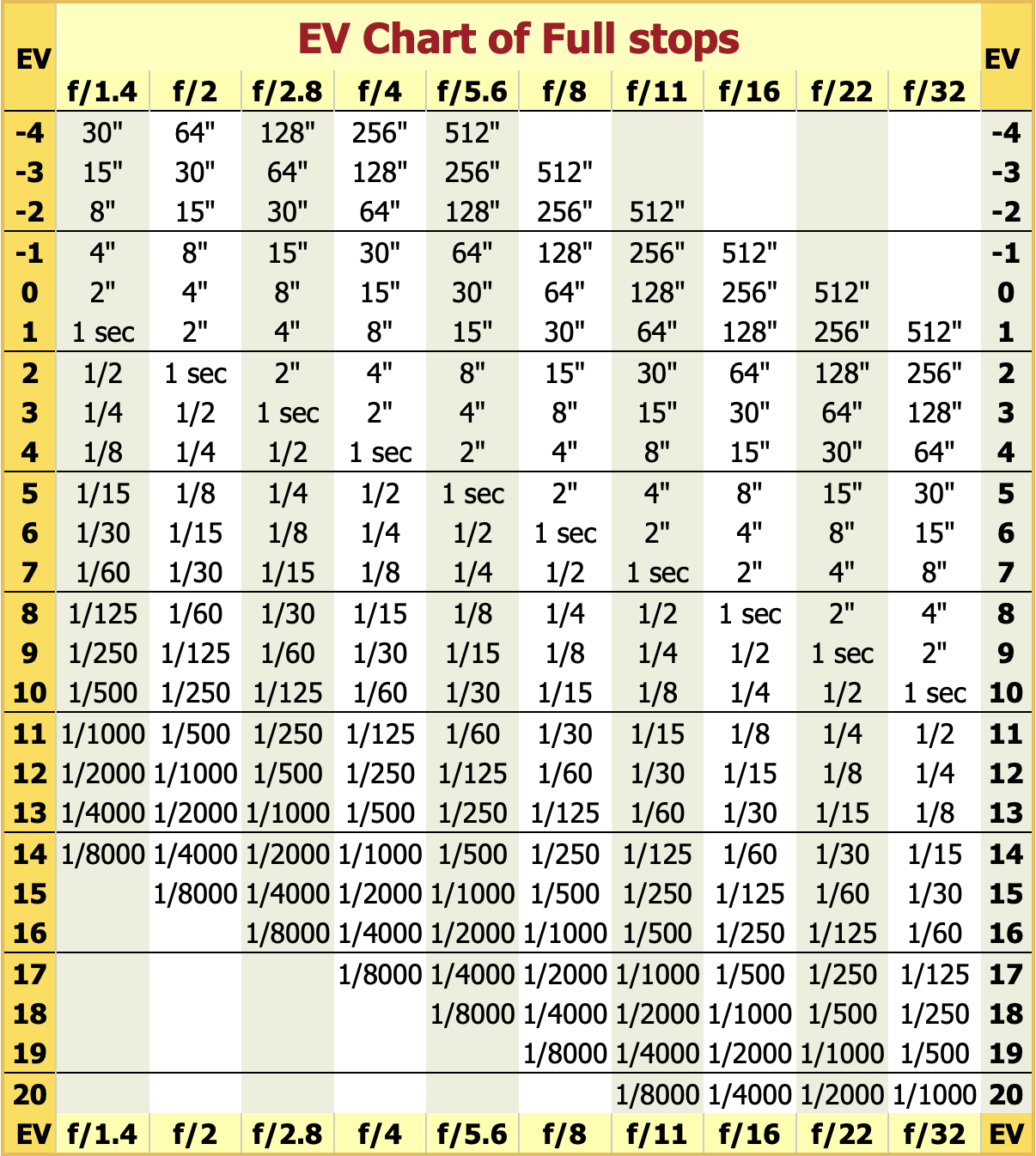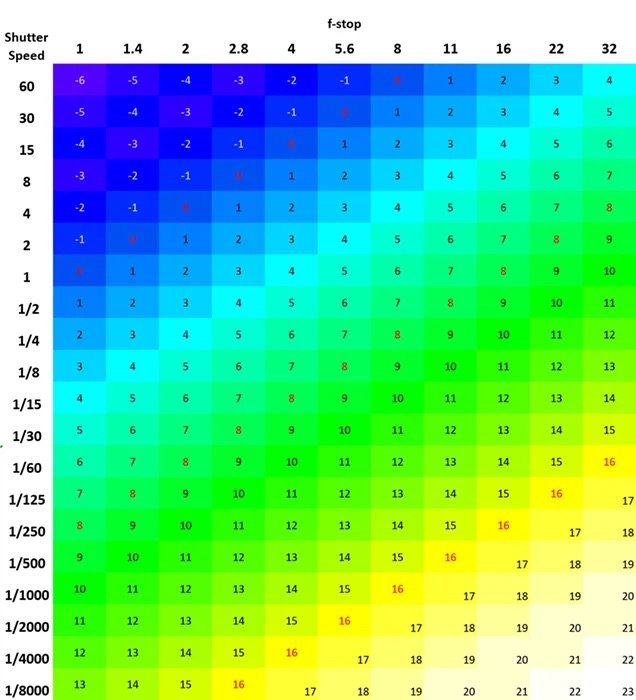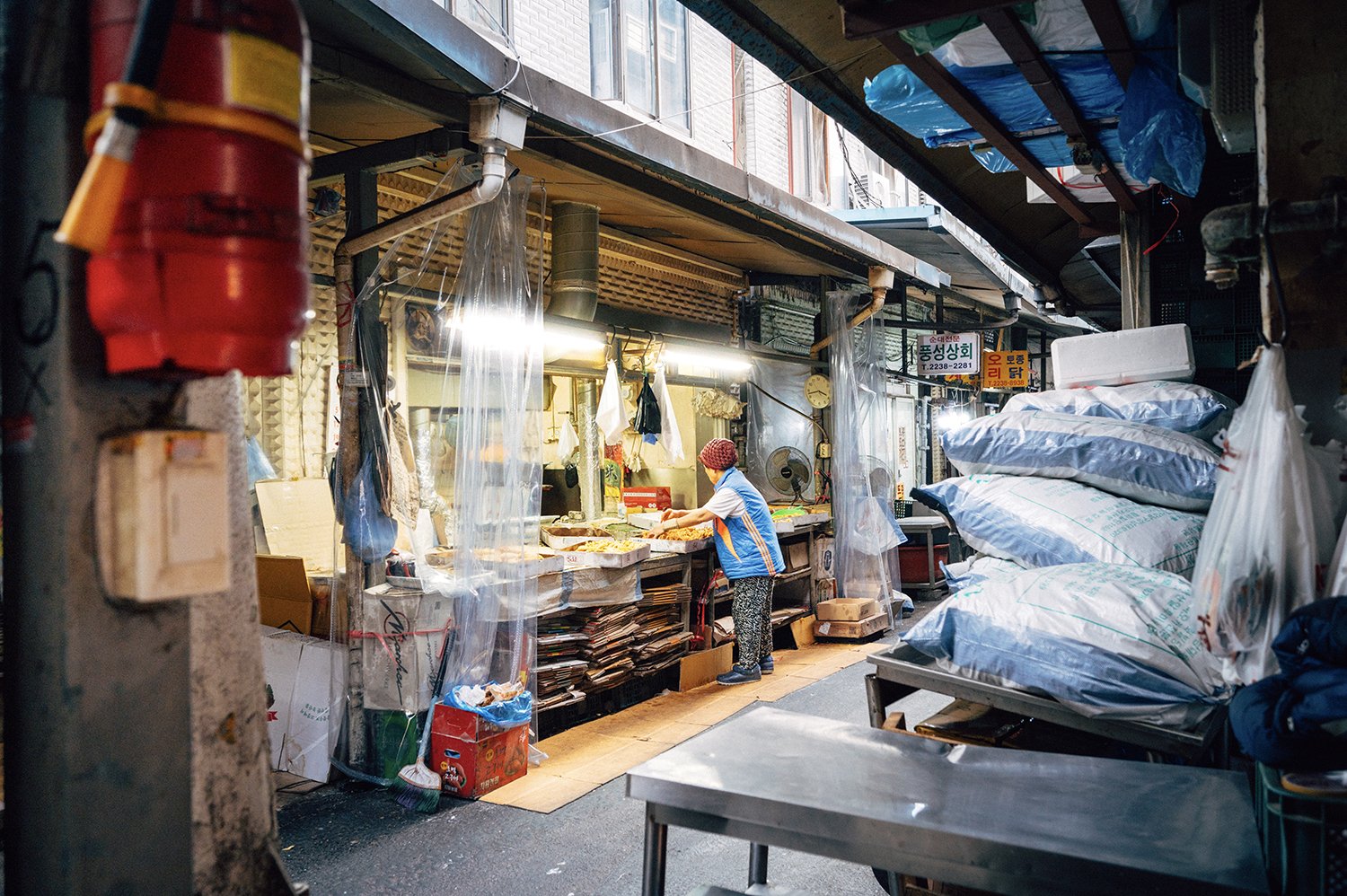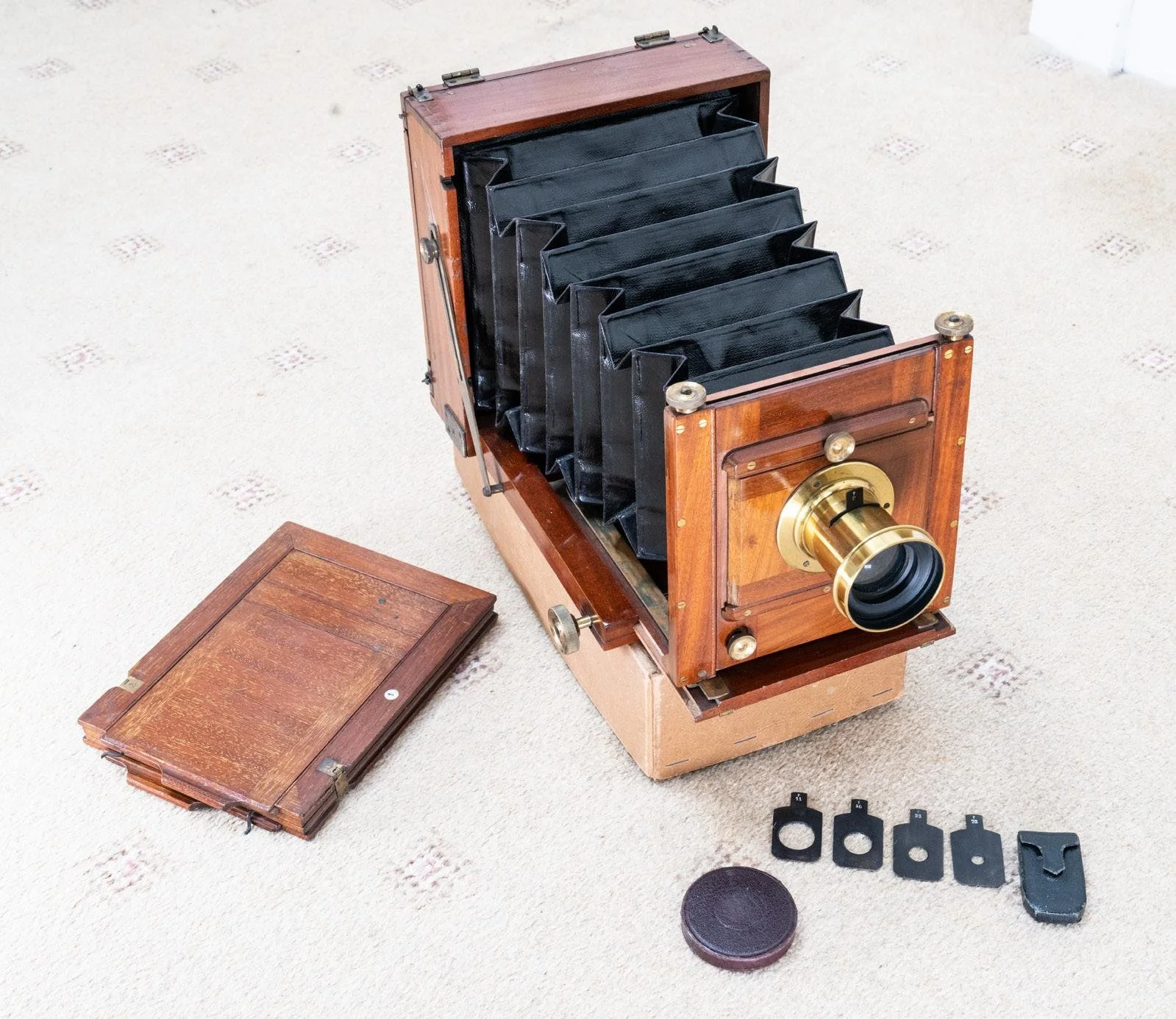Understanding EV and Stops
Photography is an art form deeply intertwined with the science of light. Mastering this art requires understanding its technical aspects, particularly the concepts of Exposure Value (EV) and stops. In this post, we'll dive deep into these fundamental elements of photography.
What is a Stop in Photography?
A stop is a crucial measure in photography, representing a doubling or halving of the light captured by your camera. This adjustment directly influences your photo's exposure. For instance, increasing exposure by one stop doubles the light in your photo, while decreasing it by one stop halves the light. You can achieve this through three main settings: aperture, shutter speed, and ISO sensitivity.
The Origin of the Term 'Stop'
The term 'stop' originates from the English word "to stop." In the early days of photography, photographers used caps with holes to block light to the photosensitive part of the camera. These caps controlled light in multiples of two, leading to the concept of a stop.
Practical Application of Stops
While the idea of stops might seem abstract, it's incredibly useful in understanding and manipulating camera settings. For example, changing from an aperture of f4 to f8 reduces light by two stops. To maintain exposure, you could compensate with shutter speed or ISO adjustments. This flexibility allows photographers to express their artistic vision effectively.
Understanding Exposure Value (EV)
EV, or exposure value, is a standardized measure combining stops for aperture and shutter speed. It indicates how bright or dark your image will be. High EV values imply more light (like a bright summer day), while lower values indicate less light (such as an indoor setting).


Sources: www.scantips.com expertphotography.com
EV in Digital vs. Film Photography
EV plays a different role in digital and film photography. In digital photography, built-in measuring tools and instant feedback via screens make EV less crucial. However, in film photography, EV remains essential very useful. Some film cameras feature EV indications on the lens, allowing photographers to translate measurements directly to camera settings.
Balancing EV and Stops for Artistic Expression
Balancing EV and stops is key to artistic photography. For instance, matching the EV for different ISO, shutter speed, and aperture combinations allows for creative control. Adjusting these settings can help create motion blur effects or achieve sharpness across your image.
You have to adapt you settings to what you want to create, but related to the situation you are in you might have to choose on settings on an other.
Conclusion
Understanding stops and EV is fundamental to controlling light in photography. These concepts allow photographers to quantify and manipulate light, essential for expressing artistic vision. I hope this guide helps you grasp these critical aspects of photography. If you have questions or want to learn more, feel free to comment below. Stay tuned for more photography insights!








